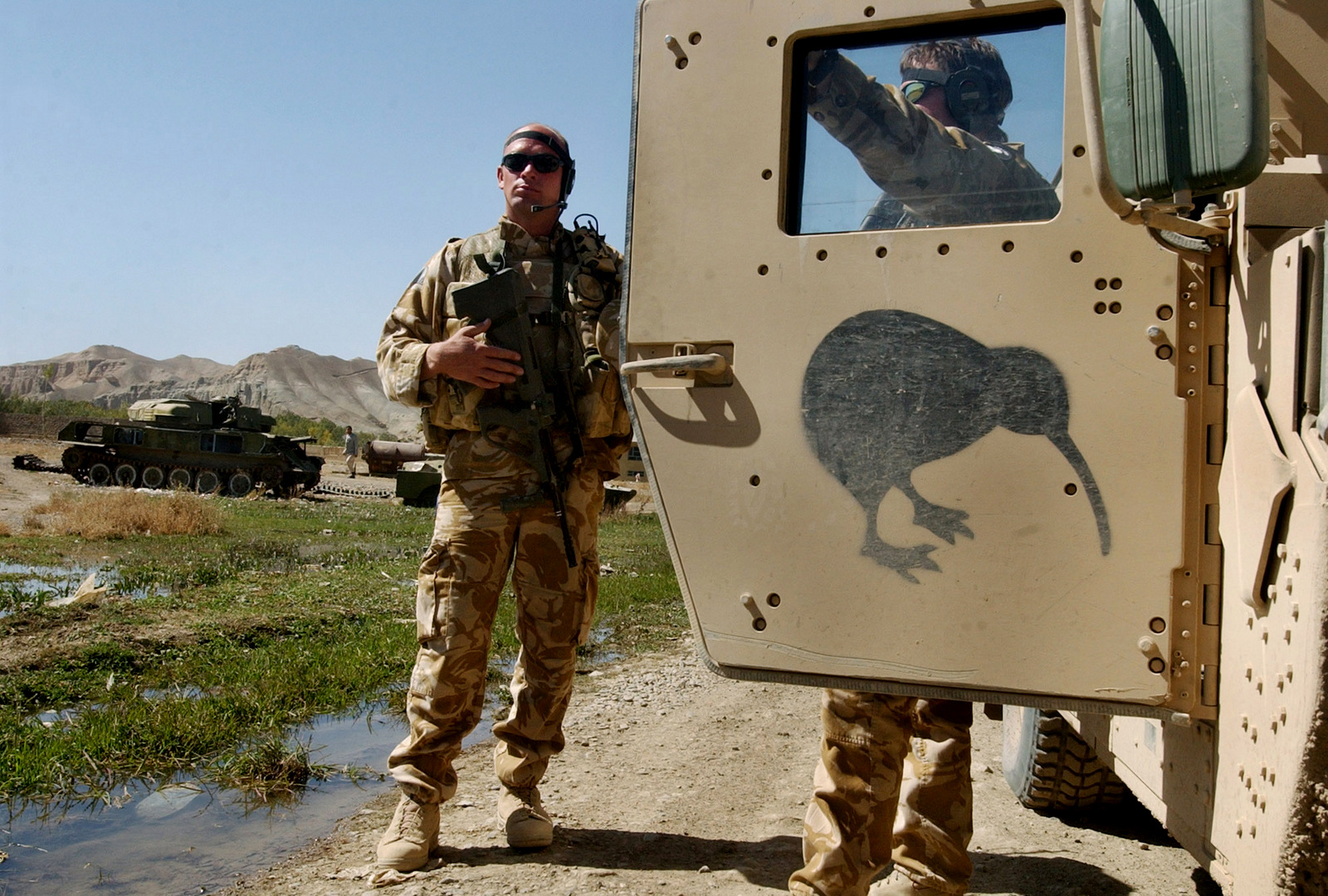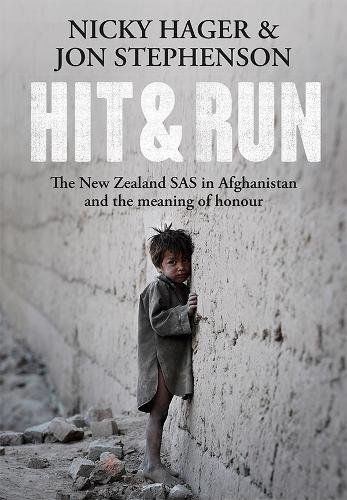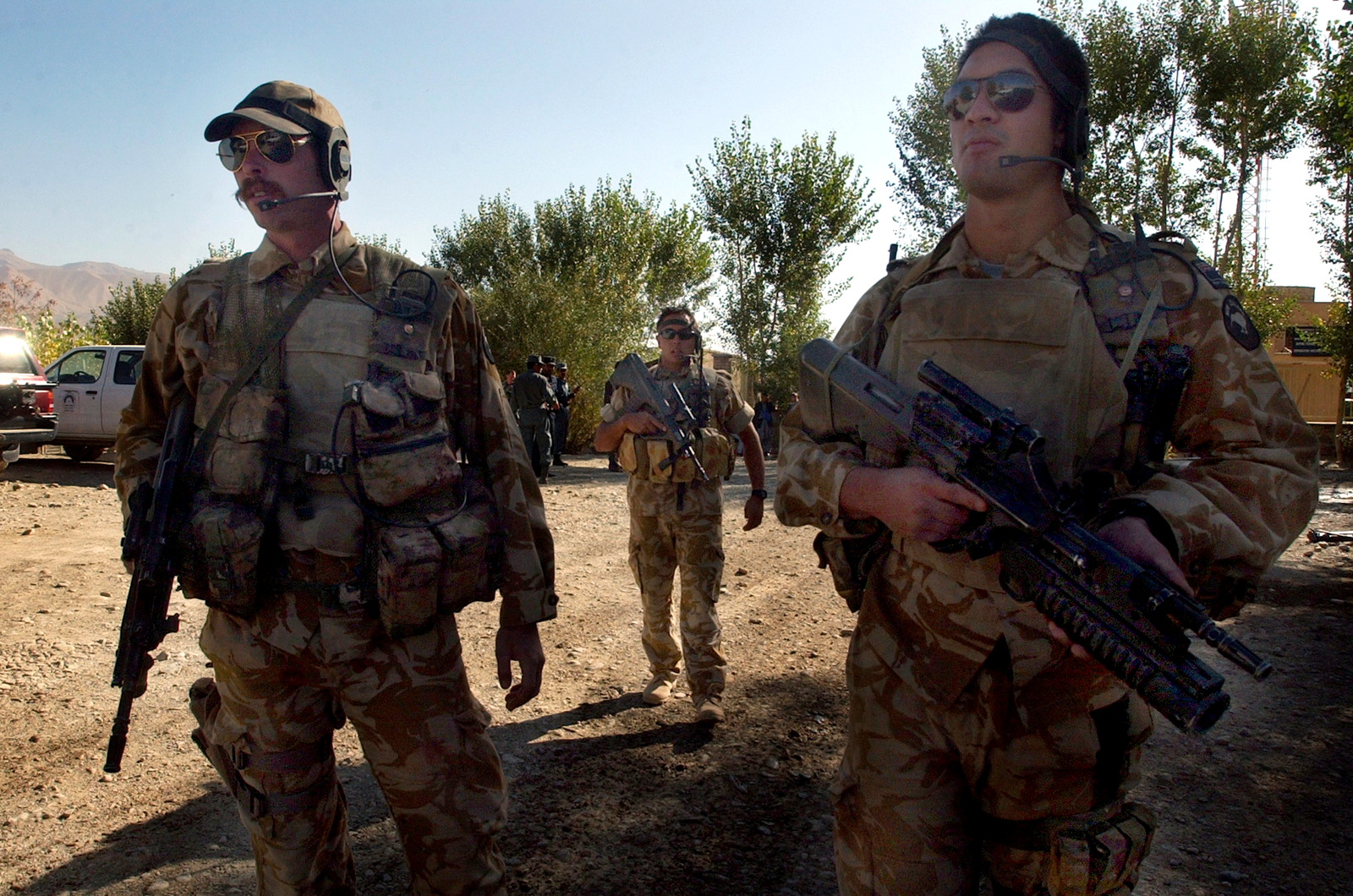AUCKLAND, NEW ZEALAND (Analysis) — According to the BBC, there are some 40 countries involved in the current NATO mission in Afghanistan, currently known as “Resolute Support.” In other words, approximately one-fifth of the world’s countries have deployed troops to this war-torn nation. Yet, after a decade and a half of war, success in Afghanistan continues to elude the U.S.-led coalition, and it has become a never-ending war for each successive U.S. administration.
While the United States bears the brunt of the responsibility for the state of affairs in Afghanistan, it pays to remind ourselves that there are other militaries currently engaged in Afghanistan, all of which have played their hand in terrorizing the local civilian population on some level or another.
One of those countries is New Zealand.
New Zealand — recently ranked as the least corrupt country in the world by the Transparency Index’s Corruptions Perception Index, as well as famously ranked as the world’s second most peaceful country last year — also has a dark and hidden secret of its own.
As this report will show, New Zealand troops not only were recently exposed to have been involved in a horrific, potential war crime in Afghanistan, but the New Zealand Defence Force (NZDF) further did its utmost to cover up the evidence of their crimes.
“Hit and Run:” the crimes of the NZDF in Afghanistan


New Zealand soldiers stand near their Humvee in Bamyan, north west of Kabul, Afghanistan, Oct. 5, 2006. (AP/Musadeq Sadeq)
New Zealand Special Air Service (SAS) is the special forces unit of the New Zealand armed forces. Throughout the war in Afghanistan, the successive governments in New Zealand have all deployed SAS troops to assist NATO forces in the country. Supposedly, the New Zealand government was working on an exit plan to pull all New Zealand troops out of Afghanistan back in 2009; but any such exit plan was never to eventuate.
In August 2010, a botched raid led by New Zealand troops in two Afghan villages allegedly resulted in 21 casualties, including 6 civilians, including children, as well as destroying their homes and leading to the beating and probable torture of a prisoner.
The raids came to light in New Zealand in March 2017, when investigative journalist Nicky Hager and co-author Jon Stephenson published their bombshell book, Hit & Run: The New Zealand SAS in Afghanistan and the meaning of honour, which examined the allegations in detail.


The cover of Nicky Hager’s book, Hit & Run: The New Zealand SAS in Afghanistan and the Meaning of Honour.
Hager is one of New Zealand’s most prominent investigative journalists; the only New Zealander who is listed as a member of the International Consortium of Investigative Journalists. Pulitzer Prize-winning journalist Seymour Hersh once said of him:
Nicky Hager has more knowledge and understanding of the American intelligence world in Afghanistan — both its good and its very bad points — than any reporter I know.”
The raids in question, according to Hager’s sources, were in response to a roadside bombing which resulted in New Zealand’s first combat death in Afghanistan. According to Hager, New Zealand had actually been quite fortunate in that its troops had been deployed to a peaceful part of the country, where they had seen minimal action for some time prior to this event.
However, after New Zealand’s first combat death, Hager told me last year:
. . . there was this great ferocious rush to find out who the insurgents were, and in response, there was the biggest New Zealand Special Forces operation in close to a decade of being stationed in Afghanistan, where two small villages were attacked and bombarded because they believed they would find the insurgents.”
Unfortunately, according to Hager, when New Zealand troops went into these two Afghan villages, borrowing U.S. attack helicopters and drones, they predictably found no insurgents, as it was commonplace for insurgents to go and hide themselves in the mountains for a period of time after an attack. What the troops ended up attacking in the botched raid were children, their parents, and the elderly.
Among the dead was a three-year-old girl named Fatima, killed by shrapnel; a farmer who lay without medical assistance for nine hours; as well as Islamuddin, a teaching graduate who died under fire. All of the innocent individuals are named and their deaths explained further in the book.
Human rights lawyer and former New Zealand Chief Human Rights Commissioner Margaret Bedggood read Hager’s book before publication and her response was printed on the back cover. She wrote that the alleged actions and decisions described in the book, “if confirmed, would seriously breach international human rights and humanitarian law and could amount to war crimes.”
The cover-up


Joint press point with NATO Secretary General Jens Stoltenberg and the Prime Minister of New Zealand, Bill English. (Photo: NATO)
On April 20, 2011, the NZDF issued a statement that the operation had been investigated by a joint Afghan Ministry of Defence, Ministry of the Interior, and International Security Assistance Force (ISAF) assessment team, which had concluded that allegations of civilian casualties were unfounded.
Almost immediately following the publication of Hager’s book in 2017, New Zealand’s government at the time and the corporate media, known for enforcing the government narrative, went on the attack. The claims in Hit & Run were denied outright, and the veracity of the book was questioned meticulously. So meticulously, in fact, that the book’s authors were forced to concede that there was one minor error in one of the locations they had reported in their book. While Hager fronted up to the mistake — no easy feat for any journalist — the government persisted with the narrative that New Zealand had done no wrong and used this minor error to bolster its defense. Despite this minor error, the specific allegations regarding civilian casualties presented in Hager’s book continue to remain unchallenged.
Most famously, New Zealand’s then-prime minister quickly stated that the government would not be conducting an inquiry into the evidence alleged in Hager’s book. Then-Prime Minister Bill English — after doing his own review of the incident, which included viewing a video of the 2010 raid — concluded:
The facts of what happened have been outlined publicly and in detail by the CDF [Chief of Defence Force], so there’s not really any contest over the facts, other than in the book, which has got most of them wrong … I’m satisfied that we can trust the Defence Force process and trust the Chief of Defence Force.
The video shows the operation in detail … I have to say I was impressed by the restraint, the care, and the repetitive reassurance that the action was being conducted in such a way that would minimize civilian casualties and even avoid the destruction of property.”
The video that English watched in relation to the incident was deemed classified and English insisted it would not be made public.
Read more by Darius Shahtahmasebi
- A Latter-Day Al Capone? Corruption Charges Against Netanyahu Continue to Stack
- Genocide? As Gaza Dries Out, Israel Turns Off Fresh Water Spigot
- Will Washington’s Syria Chess Game Lead to War with NATO Ally Turkey?
- The US Finally Tells the Truth About Its Objectives in Syria
Most importantly, however, are English’s claims that there was no wrongdoing at all, as echoed by the NZDF as far back as 2011:
There hasn’t been evidence that civilians were killed. The allegations in the book I think you’d have to discount because they appear to be about different places and different people. If there was further evidence then the CDF would be obliged to investigate. Should evidence emerge in the future that NZ troops acted unlawfully, the government would of course take every step to establish the truth.” [emphasis added]
However, Hager recounts a different story. He recently told MintPress News that he has concrete evidence that the NZDF knew there were civilian casualties and deaths but that it did nothing in response.
According to Hager, the NZDF used “every trick they possibly could to trick their way out of this investigation, without being held accountable.”
Hager told MintPress News that he came across the recent evidence in what he described as part of the piles of Official Information Act (OIA) requests he had lodged with the New Zealand government regarding the raid he outlined in his book. According to Hager, the government refused to hand over the requested documents, but the response did do something that was slightly helpful: allowing Hager to be provided with a list of the names of the documents involved, particularly the battle damages and post-operations reports in relation to the 2010 raid.
Having received the list, Hager told us that he persistently questioned whether any of those documents mentioned civilian casualties or injuries. Hager also asked whether there were any reports involving injuries to a child or injuries to women. He purposely asked specific questions so that he could be given a specific response.


‘Although Fatima was only three years old she was already attending school,’ a local said. ‘She was very beautiful and intelligent. She was in her mother’s arms when a piece of shrapnel hit her head.’ (Photo: Jon Stephenson/Hit & Run)
In that list, Hager identified approximately five documents that the OIA response has admitted show the raid in questions led to civilian casualties. These reports, written within days of the raid specifically mention the death of a child. In Hager’s words, the documents were “a clear admission that the NZDF did have reports of civilian casualties – but that they did nothing about it.”
This, of course, is in light of the fact that the then-prime minister himself said he had reviewed and been briefed on the incident, and that there had been no evidence of civilian deaths at all – a blatant lie, as Hager explained it. Of course, the other notable aspect of this is English’s contention at the time that if fresh evidence were to emerge, then the NZDF would be obligated to conduct an investigation into the incident. While English is no longer in office, conveniently for his political career, the government would be obligated to investigate the matter regardless of who is in power.
According to Hager, it isn’t good enough that the NZDF have now admitted to having reports of civilian deaths but that they couldn’t confirm them at the time.
“It’s clearly the job of the forces that caused the injuries to investigate it thoroughly and properly,” Hager told MintPress News.
Now that we know the NZDF had many reports and allegations, a full-scale investigation should have been launched, Hager argues. Names of actors, names of victims, names of locations and the extent of the damage should have been established. Instead, what the NZDF did in response to Hager’s book was to claim there were no injuries or deaths at all — a full-blown cover-up.
According to Hager, all the NZDF had to do to corroborate the evidence was to talk to the local Afghan government department, which had prepared a list of everyone, their gender, their age, their complete identity – a list, mind you, that Hager and his co-author were able to come by as part of their own investigation. It is therefore not too much to ask that the NZDF do the bare minimum and acquire this information for themselves before dismissing the allegations against them.
Allegations are not the norm for New Zealand


New Zealand soldiers in the city of Bamyan, north west of Kabul, Afghanistan Oct. 5, 2006. (AP/Musadeq Sadeq)
Hager knows of only one other incident involving New Zealand troops that went equally as wrong as this one, which happened very early on in the war in southern Afghanistan. Hager informed MintPress News that this particular incident went uninvestigated as well.
Last year, a report conducted by a New Zealand-based team of journalists known as Stuff Circuit claimed that in 2004, New Zealand forces appeared at a village in Baghak, Afghanistan, accused locals of being members of the Taliban, insulted women and the elderly, paraded dead bodies around the village and tied up over a dozen locals at gunpoint.
Despite his eagerness to push forward with investigating the issue in his book, Hager does not believe that this type of incident is a regular occurrence for New Zealand troops.
Hager is hopeful that with a new government in charge in New Zealand, an independent inquiry into his book’s damning revelations is looking more and more promising, which Hager views as the inevitable outcome of his efforts. He said:
When you’re in the middle of a cover up, people don’t know what to believe. The important thing however, is that we put a great big crack in the arguments put forth by the Defence Force. Every extra crack we make, the more that people can be suspicious and reach the conclusion that there was indeed a cover up. And this whole process will continue to gather momentum.”
Hager also told MintPress News that – and as he outlines in his book – there has been a noticeable takeover of the NZDF by ex-Special Forces officers who are in the business of promoting New Zealand’s contribution to the Anglo-American wars in the Middle East and beyond. Many of the NZDF top positions are held by ex-Special Forces officers, according to Hager. Hager hopes that the inevitable inquiry might cause a sudden shift away from the Special Forces operatives, as he believes that they are a bureaucratic lobby who should have their power stripped away from them entirely.
Editor’s note: This article originally claimed that an August 2010 raid botched raid led by New Zealand troops resulted in 21 civilian casualties, in fact, it led to 21 total casualties including 6 civilian casualties. The article has been updated to reflect this.
Top Photo | A New Zealand soldier stands guard as an elderly man rides a donkey north west of Kabul, Afghanistan, Oct. 5, 2006. (AP/Musadeq Sadeq)
Darius Shahtahmasebi is a practicing attorney with an interest in human rights, international law, and journalism. He is a graduate of the University of Otago, where he obtained degrees in Law and Japanese. Follow him on Twitter at @TVsLeaking.
<!–
–>
Source Article from https://www.mintpressnews.com/hit-run-book-exposes-new-zealands-cover-up-of-its-possible-war-crime-in-afghanistan/238192/
 RSS Feed
RSS Feed















 February 28th, 2018
February 28th, 2018  Awake Goy
Awake Goy 
 Posted in
Posted in  Tags:
Tags: 













